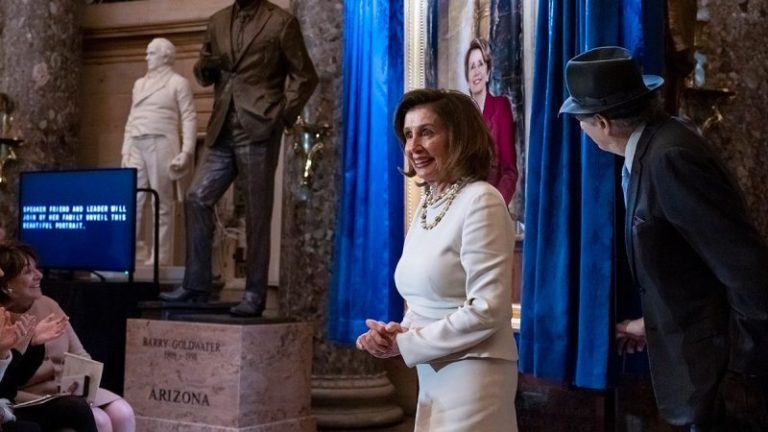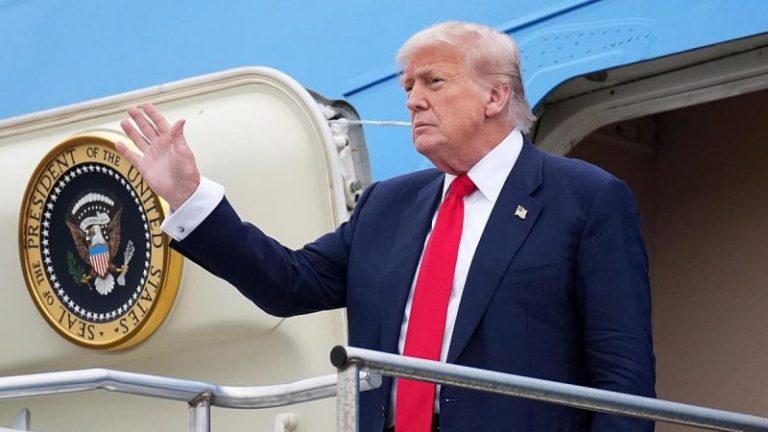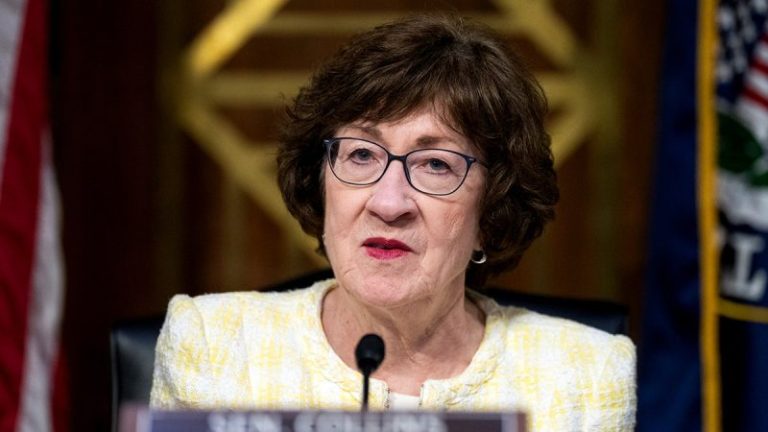The White House made digs at former House Speaker Nancy Pelosi at a Thursday press briefing, saying she’s the reason Congress is eyeing a measure to ban all lawmakers from trading stocks.
On Wednesday, President Donald Trump accused Pelosi of accruing her wealth ‘by having inside information’ in stock trading.
‘The reason that this idea to put a ban on stock trading for members of Congress is even a thing is because of Nancy Pelosi,’ White House press secretary Karoline Leavitt told reporters Thursday. ‘I mean, she is rightfully criticized because she makes $174,000 a year. Yet she has a net worth of approximately $413 million. In 2024, Nancy Pelosi’s stock portfolio — this was a fascinating statistic to me — grew 70% in one year in 2024.’
‘I think the president stands with the American people on this,’ Leavitt said. ‘He doesn’t want to see people like Nancy Pelosi enriching themselves off of public service and ripping off their constituents in the process.’
Pelosi addressed Trump’s comments during an interview Wednesday with CNN’s Jake Tapper, where she herself accused Trump of ‘projecting.’
‘That‘s ridiculous,’ Pelosi said Wednesday. ‘In fact, I very much support the stop the trading of members of Congress. Not that I think anybody is doing anything wrong. If they are, they are prosecuted, and they go to jail. But because of the confidence it instills in the American people, don‘t worry about this.’
‘But I have no concern about the obvious investments that have been made over time,’ Pelosi said. ‘I‘m not into it. My husband is, but it isn‘t anything to do with anything insider.’
Pelosi spokesman Ian Krager said in a statement to Fox News Digital: ‘Speaker Pelosi does not own any stocks and has no knowledge or subsequent involvement in any transactions.’
The lawmaker previously has come under scrutiny for insider trading, including in 2022 after Paul Pelosi purchased more than $1 million in shares of semiconductor company Nvidia prior to Congress voting on a subsidy to the industry. The purchase was revealed in a disclosure filing from Nancy Pelosi’s office.
The issue has received renewed attention after the Senate Homeland Security and Government Affairs Committee Wednesday passed the Honest Act that Sen. Josh Hawley, R-Mo., has championed.
The measure, which Hawley first introduced as the Preventing Elected Leaders from Owning Securities and Investments Act, or PELOSI Act, would bar all lawmakers and their spouses from trading stocks in office.
Fox News’ Lindsay Kornick contributed to this report.










